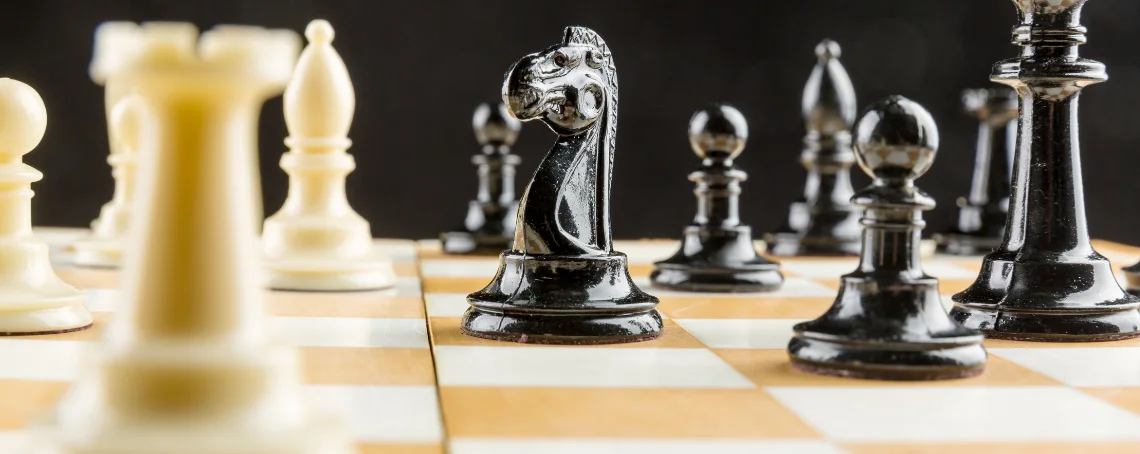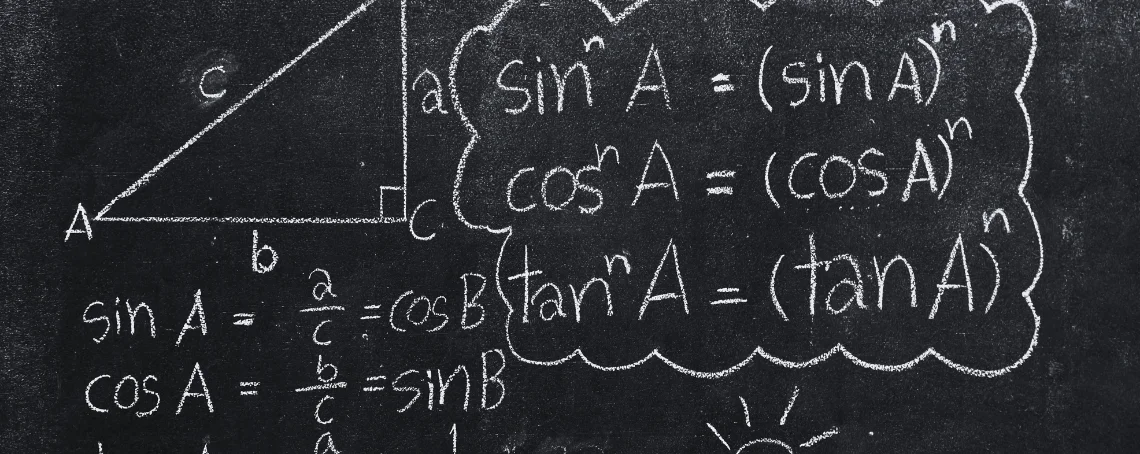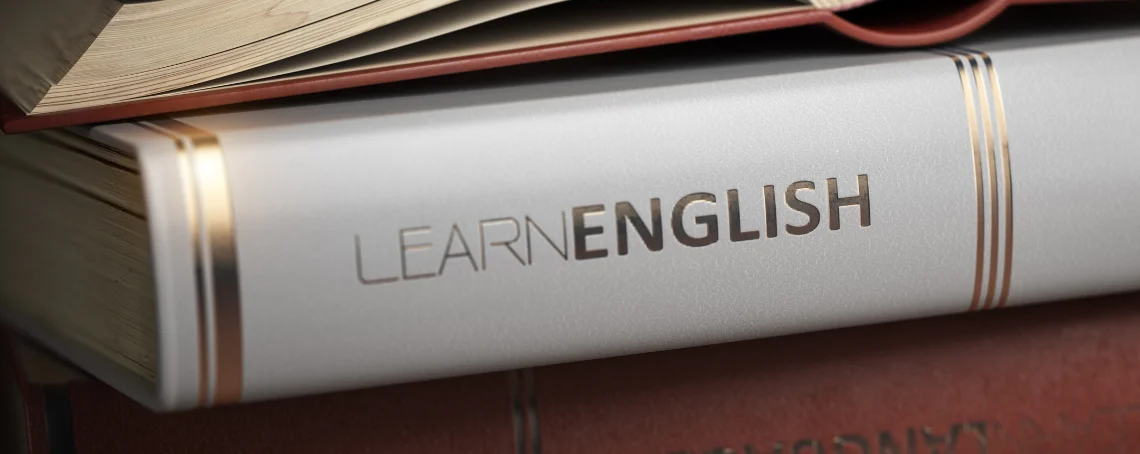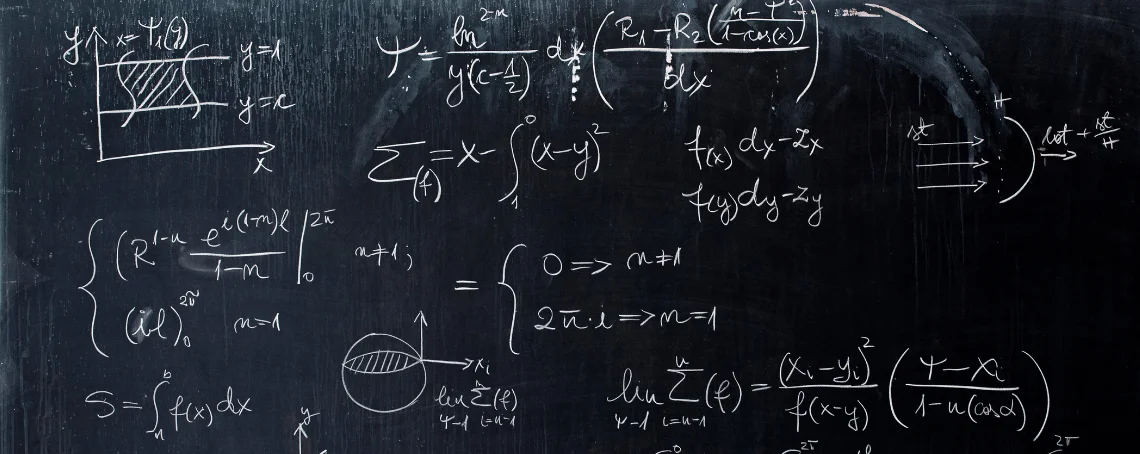Chess, a timeless game with a 1500-year history, offers far more than strategic entertainment. It creates cognitive skills that extend well beyond the game itself. As kids navigate our technology-saturated world, chess provides a compelling alternative that encourages focus, patience, and deep thinking. Let’s explore why chess deserves a place in your kid’s development toolkit.
Why Chess in a Digital Age?
In an era where coding and gaming dominate kids’ attention, chess might seem less interesting. However, it is still a really special game played by people of all ages. It’s more important now than ever because of all the distractions that kids are exposed to with modern technology. In contrast to gaming or coding, chess teaches kids to slow down and really focus on one thing at a time.
How to make chess compelling? You are competing with social media for your kid’s attention. But there’s a way to make it engaging and socially rewarding. Here’s what our chess teacher at Zinkerz, Kate, says:
“Make it social and stimulating. When you start learning the intricacies of chess strategy and history, kids learn it’s so much more than just moving pieces on a board—it gets to be really fun. And with online platforms, you can play with people from all around the world in a safe space, so it really becomes a social game.”
Key Benefits of Chess for Kids
Chess cultivates fundamental skills that serve kids throughout their lives. Each game presents countless possibilities and requires innovative thinking to navigate complex positions.
Creativity
Being a game so heavily associated with logical thinking and focus, it may be surprising to learn that a good understanding of chess can enhance one’s creative thinking. However, it requires players to use their imaginations constantly. Developing a vision for how to triumph over an opponent requires being able to get inside their head and visualize what they might be thinking.
Not only that, but playing a successful game can often require imagining infinite play possibilities and creatively determining a path toward success. Students can also develop a keen sense of pattern and spatial awareness through hours of watching opponents’ habits and internalizing how each piece moves across the board.
Problem-Solving
Good chess players are the ultimate risk managers, carefully calculating moves that need to be made and pieces that may need to be sacrificed to achieve victory. Chess also teaches younger players the importance of making informed decisions and accepting the consequences of their actions, no matter if they are good or bad.
Thinking carefully about strategies and moves can reap great benefits for players, while rushing into a move with no sense of foresight can have dire consequences. This can teach younger players the importance of making informed decisions. Players must constantly evaluate, analyze, and adjust their strategy based on evolving circumstances. That’s how they grow good problem-solving skills.
Confidence
Chess builds self-assurance through independent decision-making and improvement. A particularly valuable aspect of chess is its unique learning environment:
“Chess creates a unique environment where there are no wrong answers… just different ones. It gives kids the freedom to think ahead and really be confident in their choices.”, says Kate.
Teaching Chess to Kids_ Fun Strategies and Tips!
This freedom to explore multiple solutions without fear of “incorrect” answers fosters intellectual courage that transfers to academic and personal challenges.
Concentration
Chess serves as exceptional mental training for developing kids’ brains. During a game of chess, kids must remember multiple pieces’ positions, anticipate potential moves several turns ahead, and recall patterns from previous games. This constant mental juggling act strengthens working memory in ways that transfer to academic performance. Regular chess players demonstrate an enhanced ability to concentrate for extended periods, which is an increasingly rare ability.
Connections
Ultimately, the most crucial part of learning to play chess is its ability to unite people. Chess has a devoted following and is a skill that allows your kid to bond with others. With chess being such a beloved game across so many different cultures and age groups, your kid will get to know many other people and develop lasting human connections through friendly, competitive play.
The Chess Learning Curve
Parents often wonder about the time investment required. According to chess educators, the basics come relatively quickly.
It takes 5-6 lessons for students to understand the basics of chess. Once the kid is familiar with how each piece moves, they can start to learn basic strategy. From there, they will just keep improving more and more.
This accessible entry point makes chess particularly attractive as a developmental activity. Kids can begin deriving benefits almost immediately while enjoying the game.
How to Encourage Your Kid to Play Chess
Creating a chess-friendly environment doesn’t require extensive knowledge or expensive equipment. To support your kid at home, we would definitely encourage parents to buy a board so kids can practice on their own time and play with their parents! And online platforms are also great spaces to practice with other kids and expert teachers in a safe environment.
Chess creates unique bonding opportunities across generations. See how you can turn it into a family thing.
Parents without a chess background can still effectively support their kids’ development:
One of the beauties of chess is that anyone can play, regardless of skill level. If you’re completely unfamiliar with chess, playing with your kid is actually a great opportunity to have them teach you something. This role reversal, where kids become the teachers, can be particularly empowering.
By encouraging chess play, parents aren’t just introducing a hobby; they’re offering a foundation for cognitive excellence, emotional maturity, and social connection.
Foster Life Skills Through Chess
Chess transcends geographical, cultural, and language barriers. As kids advance, they join a worldwide community of players, connecting with diverse perspectives and approaches. The patience developed while contemplating moves, the strategic thinking honed through planning several steps ahead, and the resilience built through inevitable losses all contribute to well-rounded individuals prepared for life’s complexities.
As a company committed to helping students excel in any way possible, Zinkerz is proud to offer one-on-one and group chess classes to young players from elementary to high school. We aim to help students foster a love of this classic game while also allowing them to develop critical skills that will benefit them far into the future.
FAQs About Chess Benefits
What are the advantages of playing chess?
The advantages of playing chess are numerous. Beyond the cognitive benefits of enhanced memory, creativity, concentration, and problem-solving abilities, it also develops critical thinking skills and boosts confidence. Also, chess players become great at planning ahead because they learn to evaluate complex positions and anticipate next moves.
Is chess really good for my kid?
Yes, research suggests chess offers cognitive benefits. A review published in the International Journal of Environmental Research and Public Health found that chess practice is associated with improved cognitive abilities, particularly in the areas of planning, working memory, and fluid reasoning. The study noted that “chess training is linked to enhancing domain-general cognitive functions” and may “foster academic achievement,” especially in mathematics and reading comprehension.
Source: Sala, G., & Gobet, F. (2016). “Do the benefits of chess instruction transfer to academic and cognitive skills?
When can children start learning how to play chess?
Children can typically begin learning chess around age 5-6, when they have developed sufficient attention span and the ability to understand basic rules. However, some children show readiness as early as 3-4 years old, especially if introduced through simplified versions of the game.
What is the 20-40-40 rule in chess?
The 20-40-40 rule represents a balanced approach to chess improvement, suggesting optimal time allocation for different aspects of study. According to this principle, players should devote approximately 20% of their chess time to opening theory (the first phase of the game), 40% to middlegame positions and tactical combinations, and 40% to endgame techniques. This balanced approach prevents the common beginner mistake of over-focusing on openings while neglecting equally crucial endgame skills.



